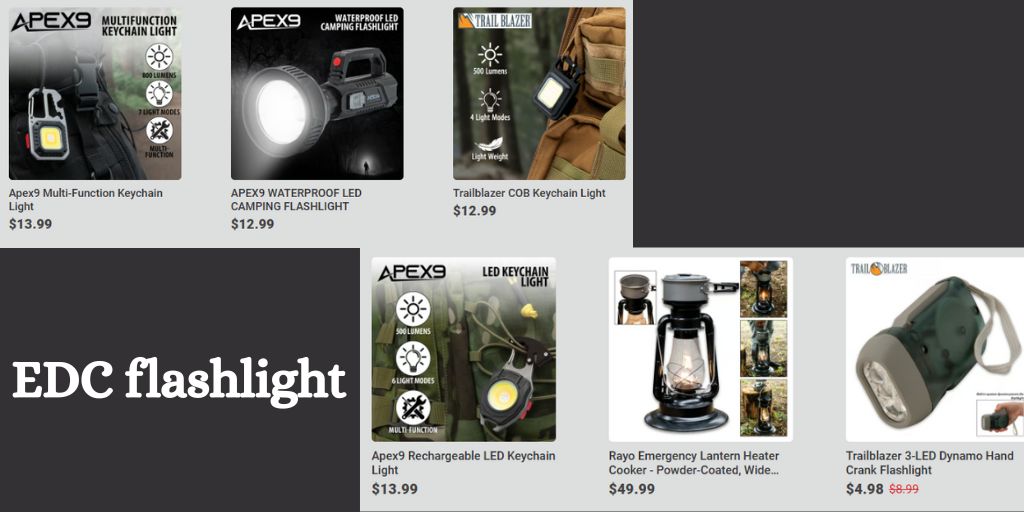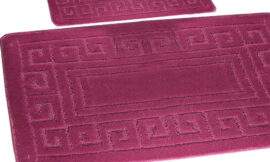Once you start carrying an EDC flashlight every day, you’ll genuinely be wondering how you ever got along without one. From checking under the hood to peering into dark cabinets to whipping out the light before you head down a basement or up into an attic, a flashlight is your hedge against power outages and has a million and one other uses.
But if you’ve never carried one daily before, how do you know when you’re looking at quality?
Here are a few things to look for.
Lumen Rating
Lumen rating is an objective measure of how much light is emitted by the flashlight, although lumen rating and how sharply focused the beam is are two different metrics.
For reference, a candle flame produces about 12-15 lumens. Most EDC flashlights have lumen ratings between 50 and 2000 lumens, with most offering between 500 to 1000. Some lights even have multiple brightness settings which extends their utility.
All in all, anything between 250 and 500 lumens will serve you well in an EDC flashlight.
Light Color
White light is great for multiple applications, but some flashlights use red light that does not photobleach the rhodopsin in your eyes – which means, in layman’s terms, a red flashlight is better to use at night because it won’t blind you and will preserve your night vision.
A Feature That Lets You Focus the Beam
Not a sticking point, but nice to have: some EDC flashlights have heads that can be adjusted in order to focus the beam on an area of interest, extending their usable range while outdoors at greater distances.
Battery Type/Rechargeability
What type of battery the flashlight accepts is also important. Many EDC flashlights come with rechargeable batteries that can last many hundred or even thousand charge cycles. Some will charge with micro-USB or USB-C ports, and some even feature magnetic charging points.
How Long the Charge Will Last
Look carefully in the product specs so you can see how long the flashlight will last; obviously, longer is better, and some lights have low-light modes that will last 10 hours or more.
Body/Housing
Many EDC flashlights feature polymer housings, but the best ones (all else being equal) are made from steel or even anodized aluminum housing, which is naturally lightweight and corrosion resistant.
IP Rating
IP rating, or “ingress protection” rating, gives a measure of how well the flashlight is sealed off against moisture and dust. The higher the IP rating, the better the flashlight will survive exposure to chronically wet or dusty conditions. Some models are fully waterproof and will function even if submerged.
Clips/Magnets
Most quality EDC flashlights are small and have a clip that makes it easy to carry them on your belt, pack, or in your pocket. Some of these clips can be attached to the bill of a hat, converting the light into a headlamp. Also, some lights are made with integral carabiners that make them easier to carry and more versatile overall.
Another feature to look for, especially on smaller EDC lights, is a magnetic base that will enable you to attach the light to any magnetic metal surface, thereby allowing you to use it hands-free.
Where to Get Your Next EDC Flashlight
This is obviously not an exhaustive list of the features you should look for in an EDC flashlight, but it is a good jumping off point and will get you started. The more features you can find packed into one small, affordable package, the better performance you’ll enjoy overall.
Start your search online at CH KADELS. They carry a wide range of lights and lanterns along with other disaster preparedness and camping supplies, making it a great place to start learning about EDC lights and the value they offer.
For more information about emergency communication devices and SHTF plan Please Visit : CH Kadels



